Introduction
Creeping Jenny (Lysimachia nummularia) is beloved for its bright foliage, but its invasiveness often overshadows its charm. Whether you’re tackling erosion control, filling gaps, or creating pollinator-friendly spaces, this expanded guide dives deep into 10 Creeping Jenny alternatives, offering practical details every gardener needs—from maintenance to pet safety.
1. Sedum (Stonecrop)
Botanical Name: Sedum spp.
Key Features: Drought-tolerant succulents with fleshy leaves in green, red, or gold. Varieties like Sedum spurium bloom in summer.
Growing Conditions:
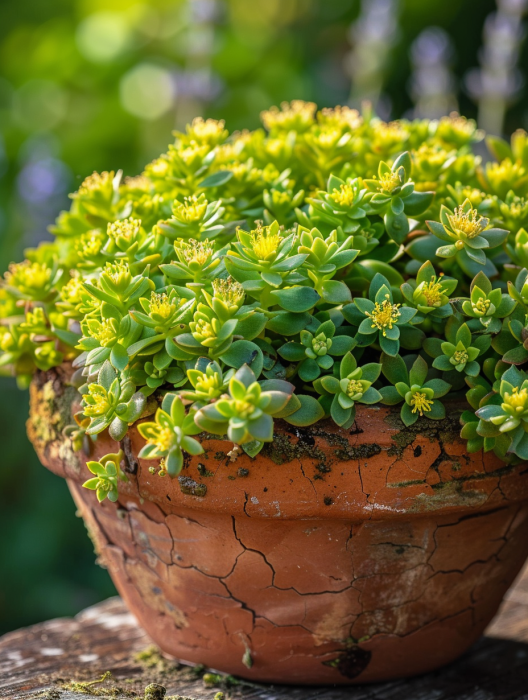
- Sunlight: Full sun (6+ hours daily).
- Soil: Well-drained, sandy/gravelly soil; pH 6.0–7.5.
- Zones: 3–9.
Maintenance Tips: - Water sparingly (overwatering causes root rot).
- Trim back in spring to encourage bushiness.
- Divide clumps every 3–4 years.
Growth Rate: Moderate to fast, depending on species.
Propagation: Stem cuttings or division.
Companion Plants: Lavender, hens-and-chicks, ornamental grasses.
Uses: Rock gardens, green roofs, slopes, containers.
Potential Issues: Aphids or mealybugs (treat with neem oil).
Pet Safety: Non-toxic to cats/dogs.
2. Corsican Mint
Botanical Name: Mentha requienii
Key Features: Tiny, fragrant leaves perfect for pathways; releases minty scent when crushed.
Growing Conditions:
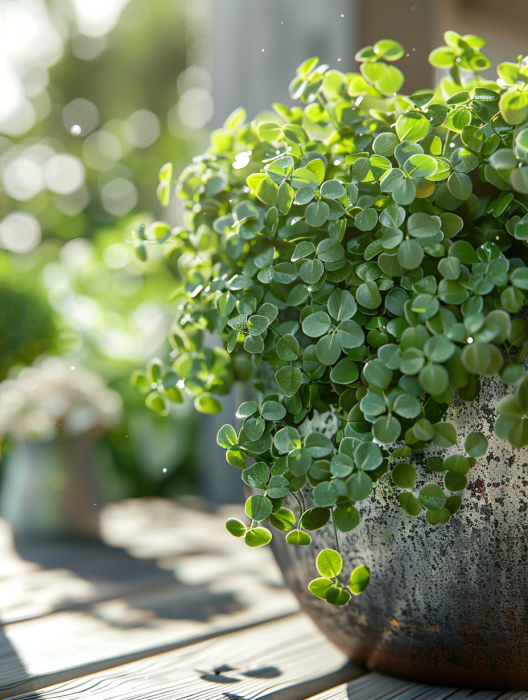
- Sunlight: Partial shade (avoids scorching).
- Soil: Moist, well-drained; pH 6.0–7.0.
- Zones: 7–9.
Maintenance Tips: - Keep soil consistently moist (drought causes browning).
- Avoid heavy foot traffic (delicate stems).
Growth Rate: Slow to moderate.
Propagation: Division or seed.
Companion Plants: Ferns, hostas, creeping thyme.
Uses: Between pavers, fairy gardens, under shrubs.
Potential Issues: Slugs in humid climates.
Pet Safety: Non-toxic but may upset stomachs if ingested.
3. Irish Moss
Botanical Name: Sagina subulata
Key Features: Velvety, moss-like texture with tiny white spring blooms.
Growing Conditions:
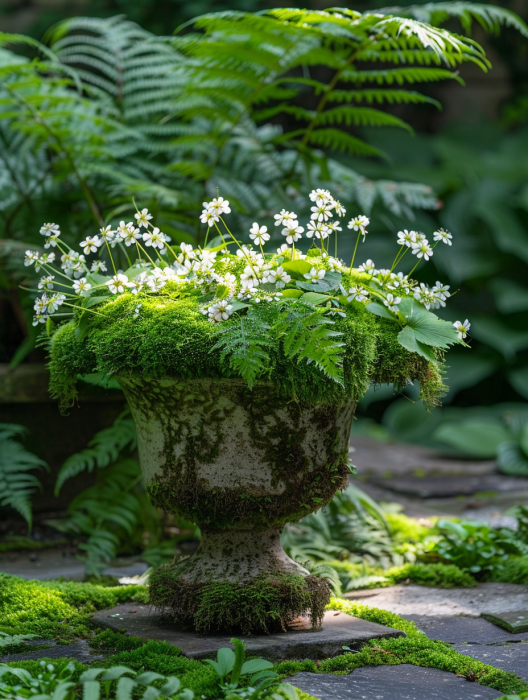
- Sunlight: Partial sun (morning sun ideal).
- Soil: Moist, rich, slightly acidic (pH 5.5–6.5).
- Zones: 4–8.
Maintenance Tips: - Mist in hot climates to prevent drying.
- Trim browned patches in summer.
Growth Rate: Slow.
Propagation: Division or seed.
Companion Plants: Heuchera, astilbe, dwarf conifers.
Uses: Shade gardens, lawn substitute, between flagstones.
Potential Issues: Susceptible to root rot in soggy soil.
Pet Safety: Non-toxic.
4. Brass Buttons
Botanical Name: Leptinella squalida
Key Features: Fern-like bronze foliage; tolerates light foot traffic.
Growing Conditions:
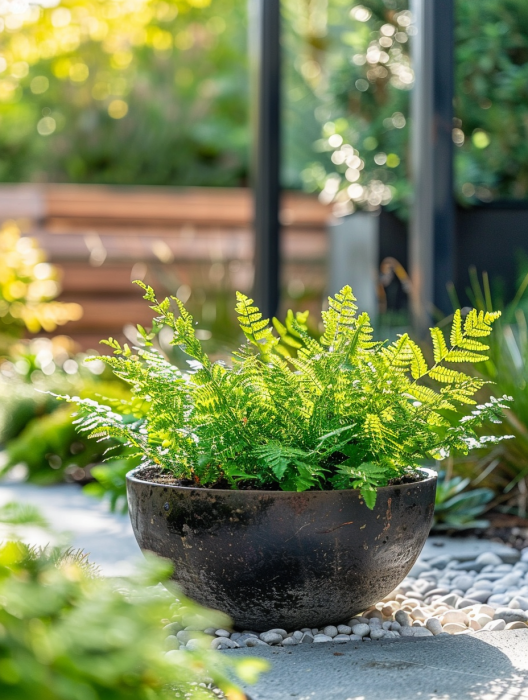
- Sunlight: Full sun to partial shade.
- Soil: Moist, well-drained; pH 5.5–7.0.
- Zones: 4–10.
Maintenance Tips: - Water regularly in dry spells.
- Shear back in spring to maintain density.
Growth Rate: Moderate.
Propagation: Division or runners.
Companion Plants: Sedum, thyme, dwarf mondo grass.
Uses: Rockeries, pathways, container edges.
Potential Issues: Can brown in extreme heat.
Pet Safety: Non-toxic.
5. Ajuga (Bugleweed)
Botanical Name: Ajuga reptans
Key Features: Purple, bronze, or variegated leaves; blue flower spikes in spring.
Growing Conditions:
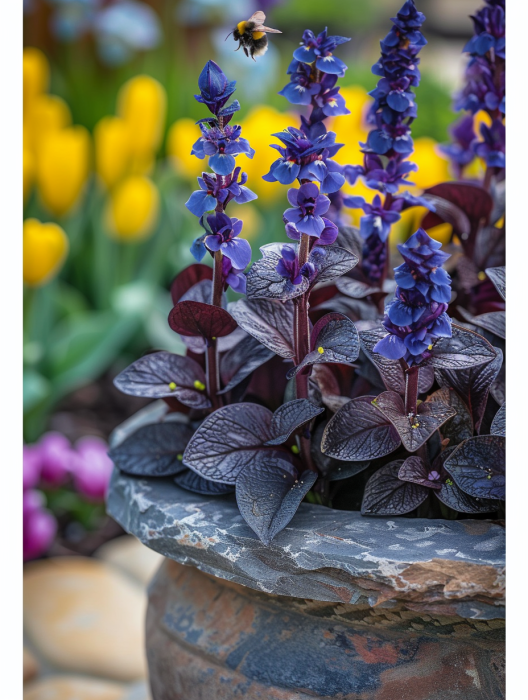
- Sunlight: Partial shade (tolerates full sun in cooler zones).
- Soil: Adaptable; prefers moist, well-drained.
- Zones: 3–10.
Maintenance Tips: - Divide every 2–3 years to control spread.
- Remove spent flowers to encourage foliage.
Growth Rate: Fast (can become aggressive).
Propagation: Division or seed.
Companion Plants: Hellebores, ferns, coral bells.
Uses: Erosion control, under trees, pollinator gardens.
Potential Issues: Crown rot in wet soil.
Pet Safety: Non-toxic.
6. Creeping Thyme
Botanical Name: Thymus serpyllum
Key Features: Fragrant, edible herb with pink/purple summer blooms.
Growing Conditions:
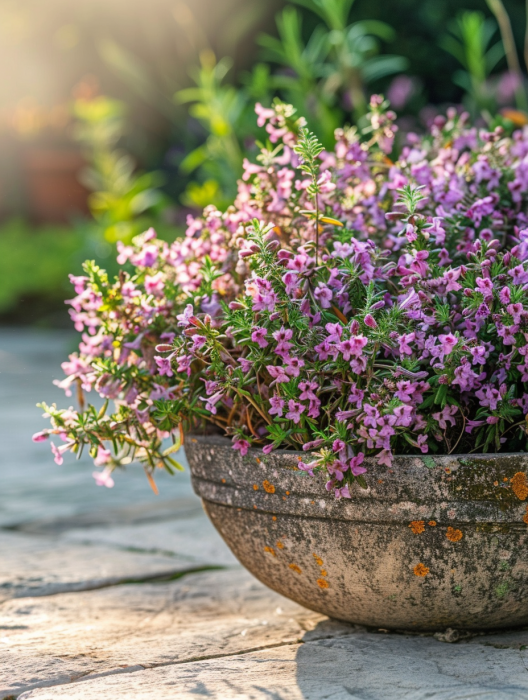
- Sunlight: Full sun.
- Soil: Sandy, well-drained; pH 6.0–8.0.
- Zones: 4–9.
Maintenance Tips: - Prune lightly after flowering.
- Avoid over-fertilizing (encourages legginess).
Growth Rate: Moderate.
Propagation: Cuttings or division.
Companion Plants: Rosemary, sage, lavender.
Uses: Herb gardens, rock walls, between pavers.
Potential Issues: Root rot in poorly drained soil.
Pet Safety: Non-toxic.
7. Mazus
Botanical Name: Mazus reptans
Key Features: Low-growing with lavender blooms; thrives in damp soil.
Growing Conditions:
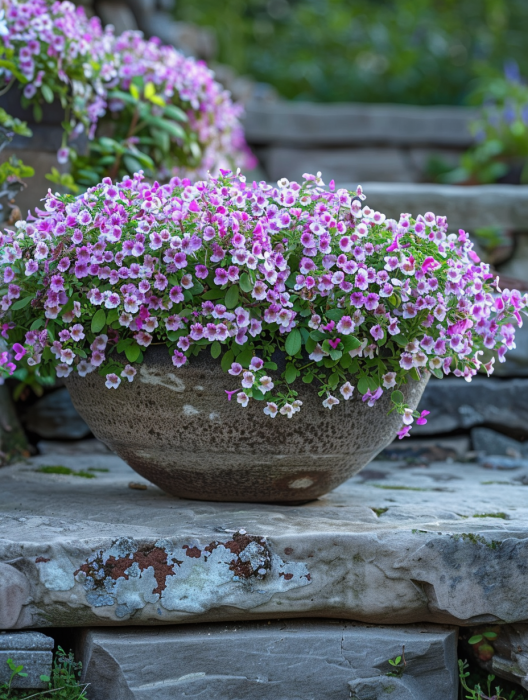
- Sunlight: Partial shade.
- Soil: Moist, humus-rich; pH 5.5–7.0.
- Zones: 5–8.
Maintenance Tips: - Mulch to retain moisture.
- Divide every 3 years to rejuvenate.
Growth Rate: Moderate.
Propagation: Division or seed.
Companion Plants: Astilbe, ligularia, Japanese forest grass.
Uses: Rain gardens, pond edges, damp slopes.
Potential Issues: Vulnerable to slugs.
Pet Safety: Non-toxic.
8. Dead Nettle
Botanical Name: Lamium maculatum
Key Features: Silver-variegated leaves; pink/white spring flowers.
Growing Conditions:
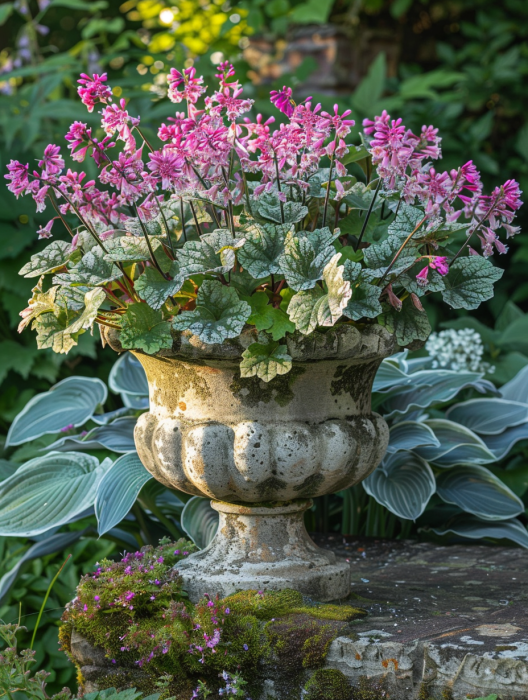
- Sunlight: Shade to partial sun.
- Soil: Average, well-drained; pH 6.0–7.0.
- Zones: 3–8.
Maintenance Tips: - Cut back in early spring to promote new growth.
- Avoid waterlogged soil.
Growth Rate: Moderate.
Propagation: Division or cuttings.
Companion Plants: Hosta, bleeding heart, Solomon’s seal.
Uses: Ground cover under trees, shady borders.
Potential Issues: Powdery mildew in humid areas.
Pet Safety: Non-toxic.
9. Blue Star Creeper
Botanical Name: Isotoma fluviatilis
Key Features: Star-shaped blue flowers; forms dense mats.
Growing Conditions:

- Sunlight: Partial shade to full sun (in cool climates).
- Soil: Moist, well-drained; pH 6.0–7.5.
- Zones: 6–9.
Maintenance Tips: - Water regularly in dry spells.
- Trim edges to prevent over-spreading.
Growth Rate: Fast (can be invasive in ideal conditions).
Propagation: Division or seed.
Companion Plants: Primroses, violets, ferns.
Uses: Between stepping stones, pond margins, containers.
Potential Issues: Self-seeds aggressively.
Pet Safety: Non-toxic.
10. Sweet Woodruff
Botanical Name: Galium odoratum
Key Features: Whorled leaves and fragrant white spring blooms.
Growing Conditions:

- Sunlight: Full to partial shade.
- Soil: Rich, moist, slightly acidic (pH 5.5–7.0).
- Zones: 4–8.
Maintenance Tips: - Divide every 3–4 years to control spread.
- Cut back after flowering to prevent self-seeding.
Growth Rate: Moderate.
Propagation: Division or seed.
Companion Plants: Hostas, ferns, bleeding hearts.
Uses: Woodland gardens, under shrubs, naturalizing.
Potential Issues: Can spread vigorously in rich soil.
Pet Safety: Toxic in large quantities (contains coumarin).
Final Tips for Gardeners
- Check Local Invasiveness: Even non-invasive plants can behave differently in your region.
- Soil Prep: Amend soil with compost for moisture-loving plants like Mazus or Irish Moss.
- Mulch: Use organic mulch to retain moisture and suppress weeds.
- Wildlife: Plants like creeping thyme and ajuga attract pollinators.
Conclusion
Each Creeping Jenny alternative offers unique benefits, from drought tolerance to pollinator support. By considering growth habits, maintenance needs, and local conditions, you can create a thriving, eco-conscious garden.